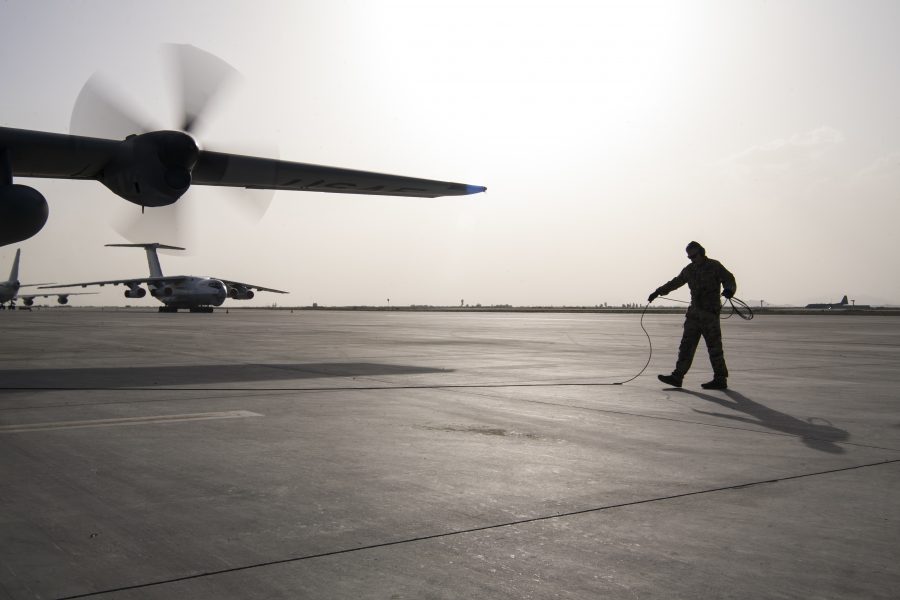The Biden administration still wants to withdraw all forces from Afghanistan as long as the Taliban abides by the agreement reached last year, but that hasn’t happened yet, the top Pentagon spokesman said Jan. 28.
Last year, the U.S. reached a deal with the Taliban to remove all of its troops by May, provided the group reduces its violence and denounces its ties to al-Qaida.
“We obviously are still committed to ending this war, but we want to end it responsibly,” Pentagon spokesman John Kirby told reporters. “It’s difficult to see how we get there from right where we are now.”
There are now 2,500 troops in the country to conduct counter terrorism and training missions—the lowest level since the beginning of the war. Military officials say that is enough to do the job they are given, but “the question is how much longer do they have to keep doing that job,” Kirby said.
New Defense Secretary Lloyd J. Austin III, in his Jan. 19 confirmation hearing, said he wants the war to end in the right way, without allowing violent groups to continue to threaten the U.S. Austin also raised the issue of Afghanistan in calls this week with NATO Secretary-General Jens Stoltenberg and other international military leads.
U.S. officials have said the violence in Afghanistan is unacceptably high and has not abated despite the negotiations. The Special Inspector General for Afghanistan Reconstruction said in a report released in November that enemy-initiated attacks in a three-month span from July to September had jumped 50 percent compared to the previous three months.
“The Taliban is calibrating its use of violence to harass and undermine the (Afghan National Defense and Security Forces) and [the Afghan government] but [to] remain at a level it perceives is within the bounds of the agreement, probably to encourage a U.S. troop withdrawal and set favorable conditions for a post-withdrawal Afghanistan,” the Defense Department said in the SIGAR report.
